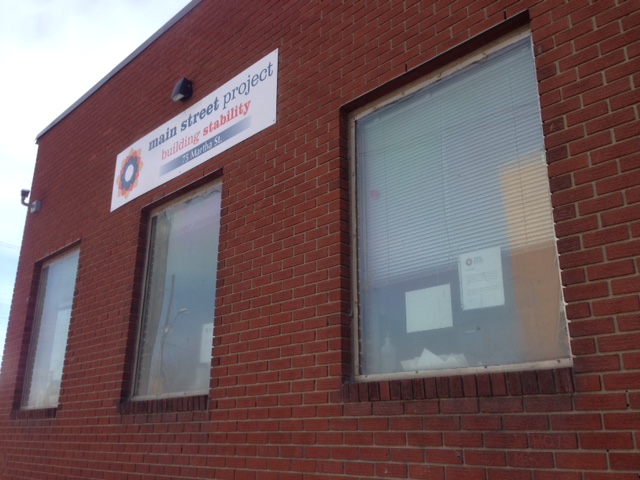WINNIPEG — Policing Winnipeg’s downtown core can often leave officers rushing from one intoxication call to another.

At times, it can mean entire shifts are spent dealing with transporting and off-loading intoxicated individuals at the Main Street Project .
A report, spearheaded in part by the Winnipeg Police Service, found a small number of people account for a large portion of people detained under the Intoxicated Persons Detention Act.
“The study revealed that people who are often intoxicated are the most vulnerable in society,” Winnipeg Police Service Staff Sgt. Phil Trudeau said. “They are homeless. They have serious addictions and they often find themselves on the street.”
Staff Sgt. Trudeau was part of a team that looked at issues surrounding public intoxication and its impact on services, such as the police force and other emergency responders.
RELATED: Main Street Project’s ‘drunk tank’ facing full daytime closures within weeks
Officers who either come across an intoxicated person, or who get called to a similar incident, are often only left with one choice…to take the person to the Main Street Project.
The report found in 2015, Main Street Project had 11,576 intakes to its “Intoxicated Persons Detention Area” or “drunk tank.” However, 42 individuals accounted for 17 per cent of all of the detentions at the Main Street Project.
“One person was detained 221 times in the calendar year in 2015,” Staff Sgt. Trudeau said. “That’s a lot of detentions for a person who hasn’t committed a criminal offence.”
But some doctors and addictions experts have said those numbers are just the tip of the iceberg when it comes to a much larger issue.
“When we see someone who is in trouble out on the street, we can assume there are lots more people who are just a few steps away who are in just as equally challenging situations,” Dr. Mike Dillon said. “They just don’t come to our attention as much.”
While most of the people who use the Main Street Project are homeless, Dr. Dillon said the numbers are a good indicator of a much larger problem.
“There’s lots of people that are struggling from day-to-day,” Dillon said. “People that come to our attention just tend to be the people who are the most extreme that we see. We don’t necessarily see the dozens of other people that are struggling everyday and affecting their health.”
- Canada’s most wanted list: Toronto suspect in fatal shooting at No. 1
- Gas station clerk stabbed several times during violent attack at Ultramar in Montreal
- Man acquitted in Tina Fontaine murder found dead, says her aunt
- Canadians should expect politicians to support right to bail, Virani’s office says




Comments